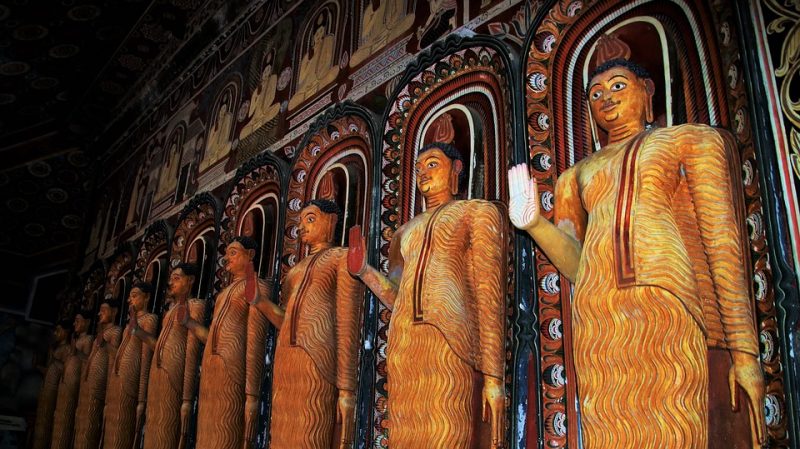Mahiyangana Sri Lanka
Mahiyangana Sri Lanka
Mahiyangana is one of the most beautiful cities in Sri Lanka with varied landscaping and thick vegetation. Mahiyangana is not only rich in its natural forest cover but also from history.
The history of Mahiyangana goes back to a pre-Christian era with the arrival of Buddha. According to the historical information sources such as Mahawamsa, Mahiyangana was visited by Buddha in 6th Century BC. It is believed that Mahiyangana was inhabited by two ethnic groups called Yaksas and Nagas during that time. It had been the first visit of Buddha to the island.
Mahiyangana was the capital of the island during the reign of King Senarath (1627-1634), who ruled the country from Kandy. It had been a good hideout for the king Senarath against the invading Portuguese army and keeps control over the state affairs. During the Dutch period, the Hollanders identified the city as a well-built city with wide streets, big houses and palaces. The city was badly damaged by the British during the Uva rebellion in 1817-1818. The rebellion against British rulers was suppressed with the military power, executing thousands of rebels.
Mahiyangana Raja Maha Vihara
Mahiyangana Raja Maha Vihara is a Buddhist temple with historical importance. The temple had been built on the same place, where Buddha appeared on his first visit to Sri Lanka. Thirty meters tall Dagoba marks the exact place where Buddha appeared. Dagoba which is seen today is the last layer of the dagoba that hides number layers beneath it.
It is believed that the very first dagoba was built to enshrine the Buddha’s hair. God Saman had received hair from Buddha as he was here for the third time. God Saman had brought the Buddha’s hair to Mahiyangana as it was a safe place for it. Later on, after passing away of Buddha, the follower of Buddha’s doctrine had constructed a dagoba enshrining the hair relic.
Dagoba was enlarged by Uddhachulabhaya or young brother of King Devanampiyatissa in 3rd century BC while King Dutugemunu had also contributed to the temple by enlarging the Dagoba in 2nd century BC. Dagoba and the rest of the temple were renovated several times by kings who ruled the country afterwards. The temple is located about two kilometres from the city centre and it is surrounded by a beautiful environment.
Vedda community
Mahiyangana used to be inhabited by a large number of Vedda community. Vedda community considered being the ancestors of Stone Age inhabitants of the island. The community still has the old lifestyle and they are mainly living on hunting while some people are engaged in agriculture. Today most of them are living in Dambana, which is located about 19 kilometres eastward from Mahiyangana.






